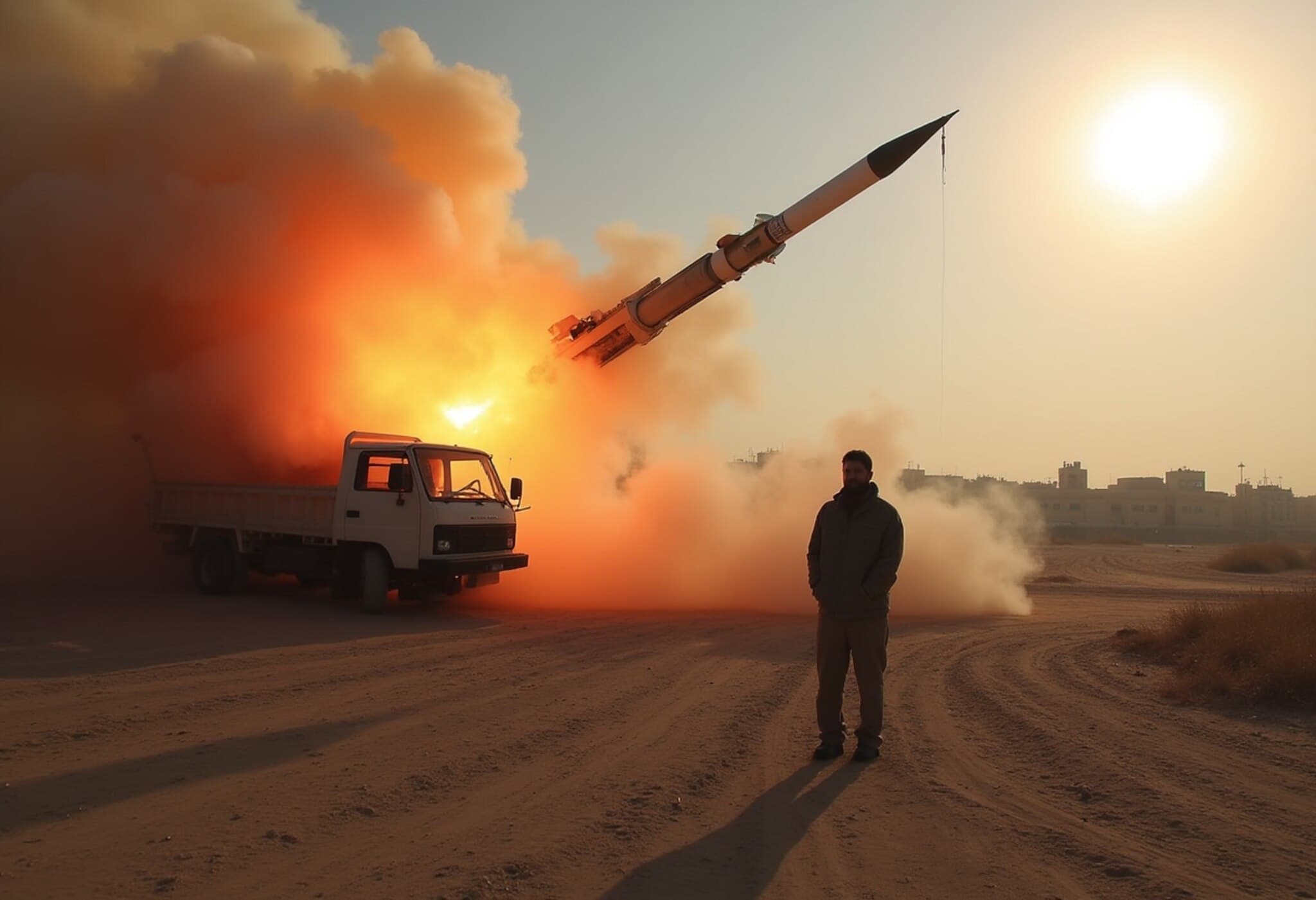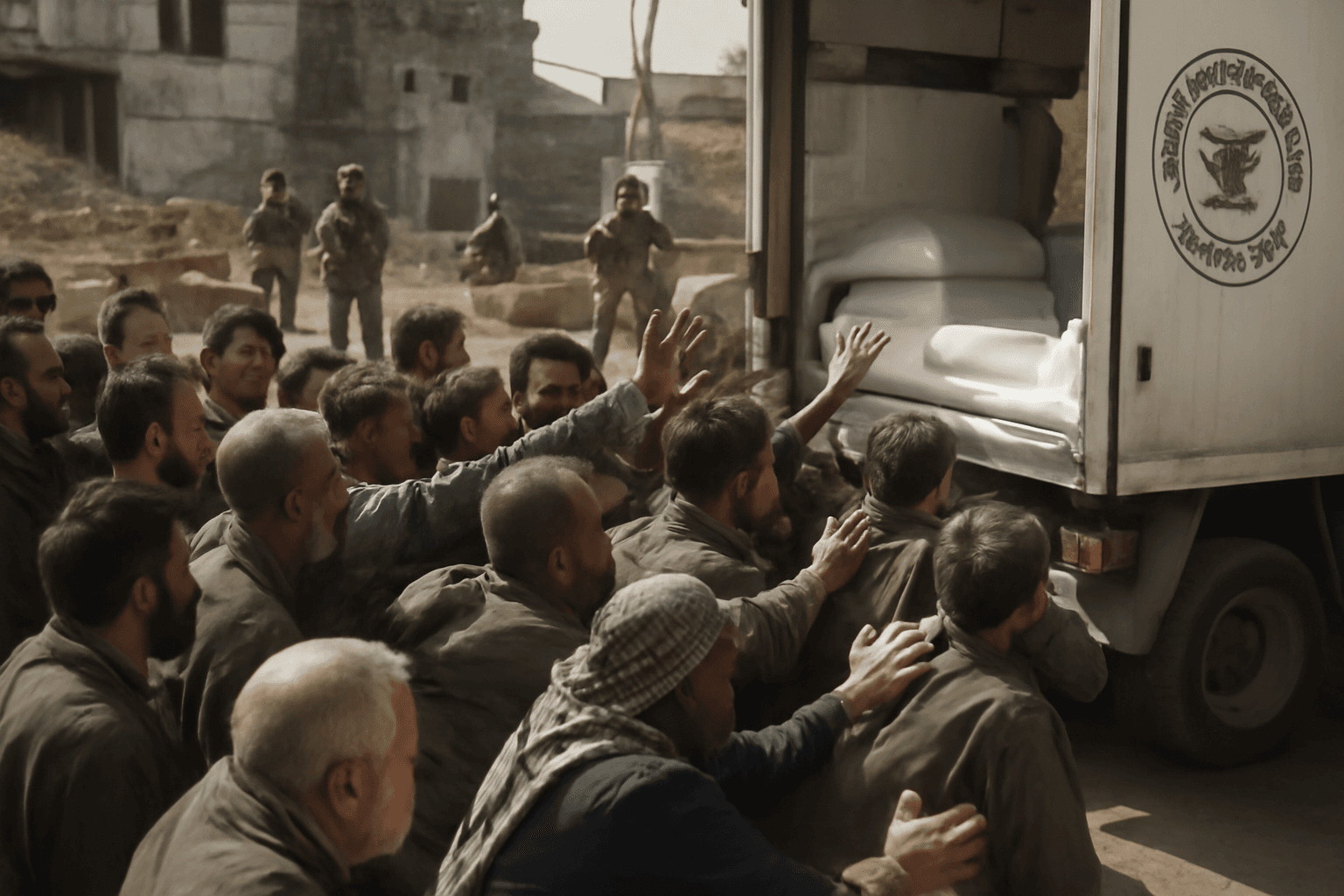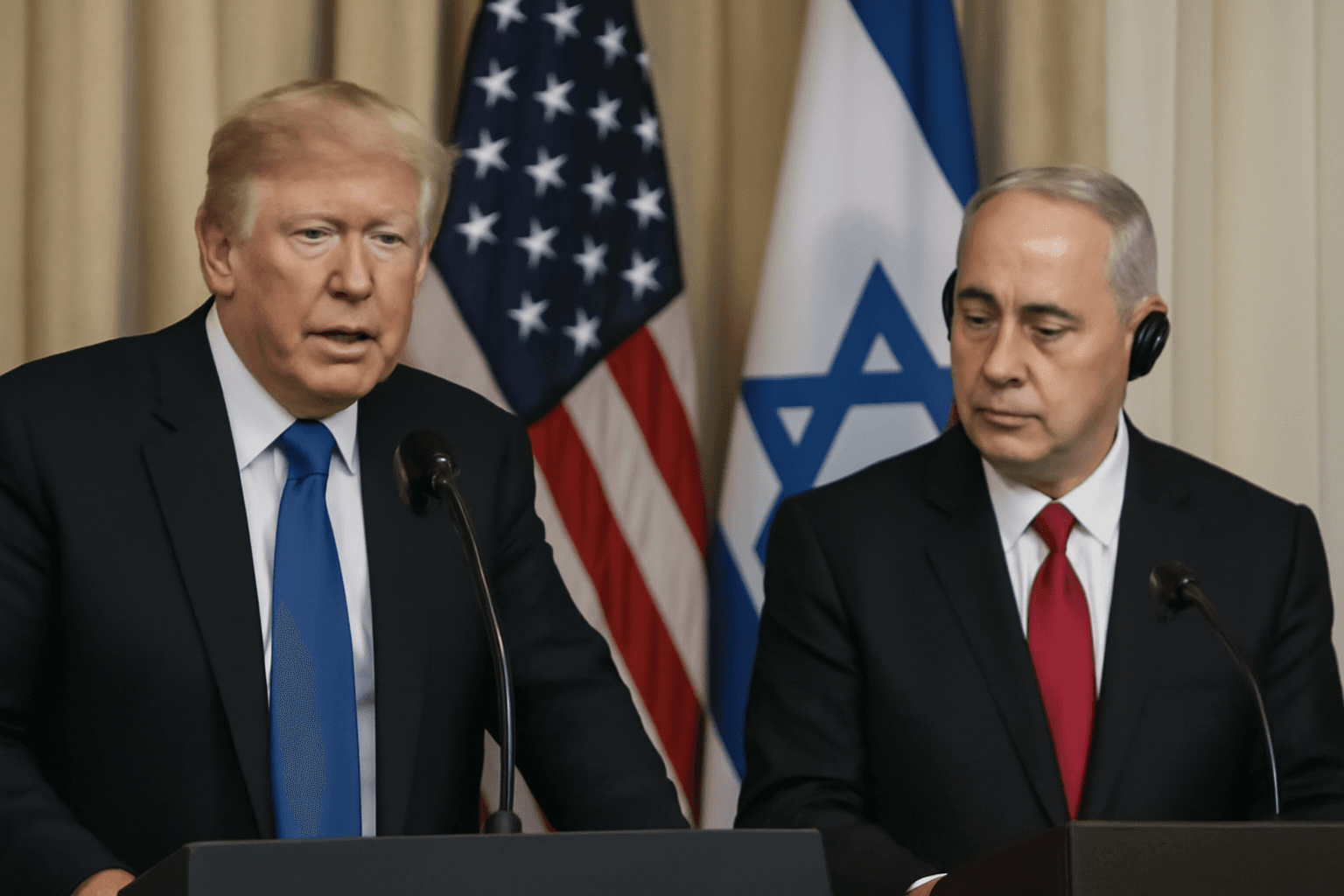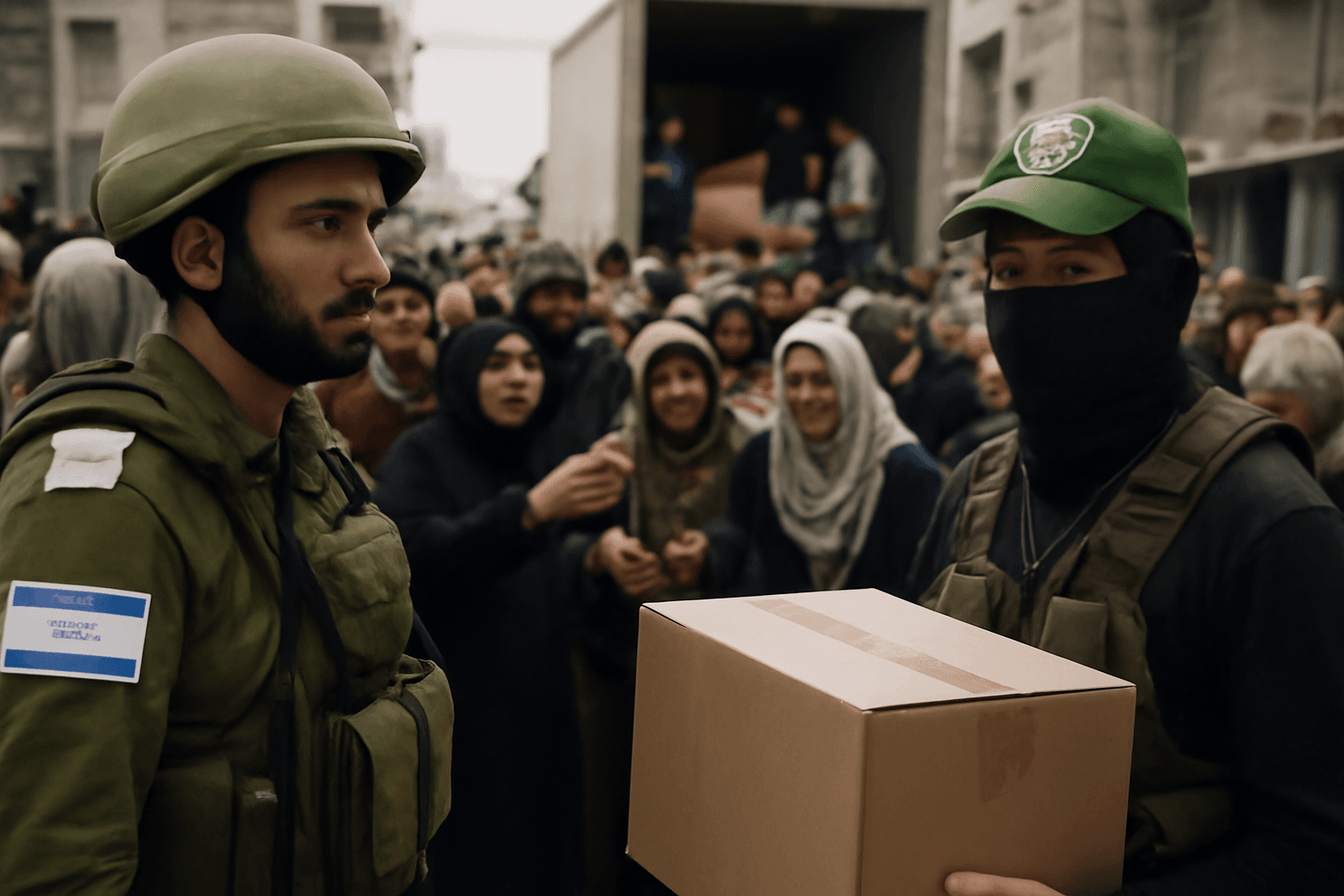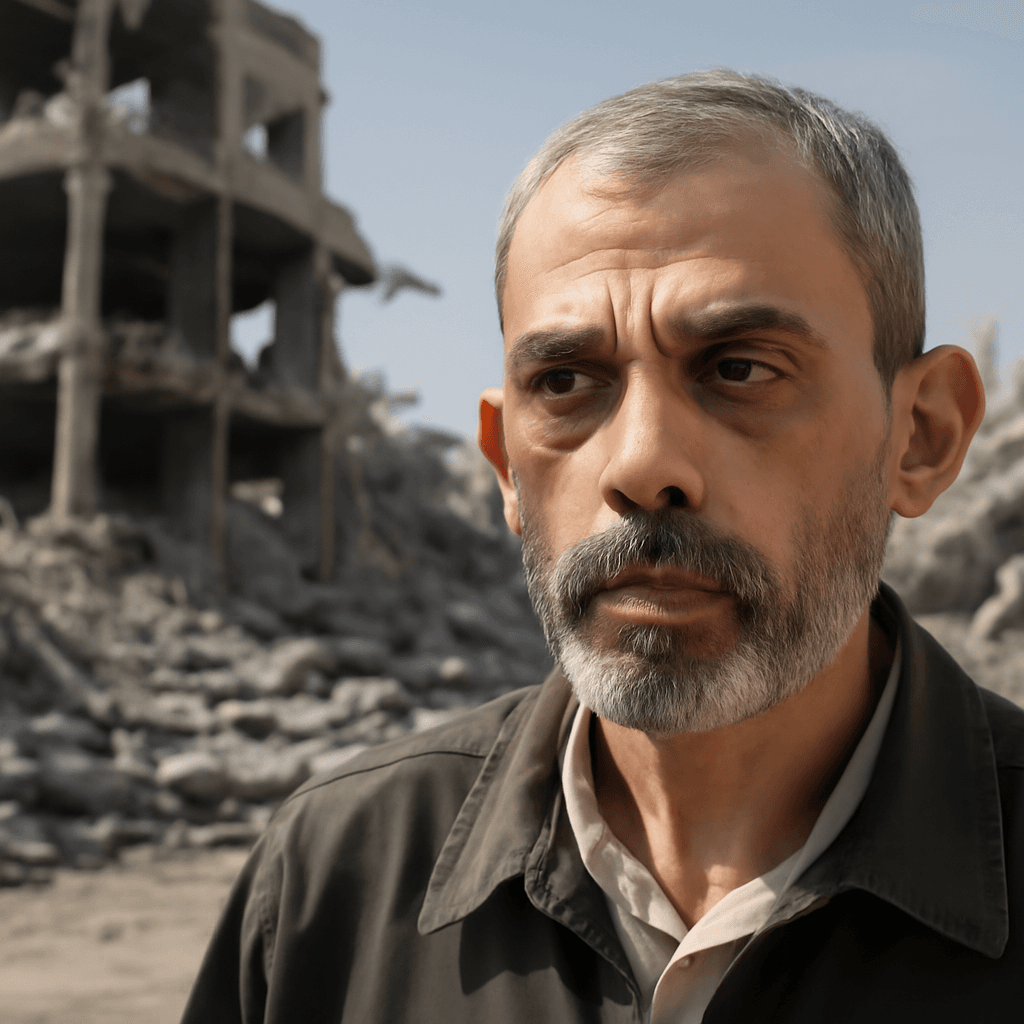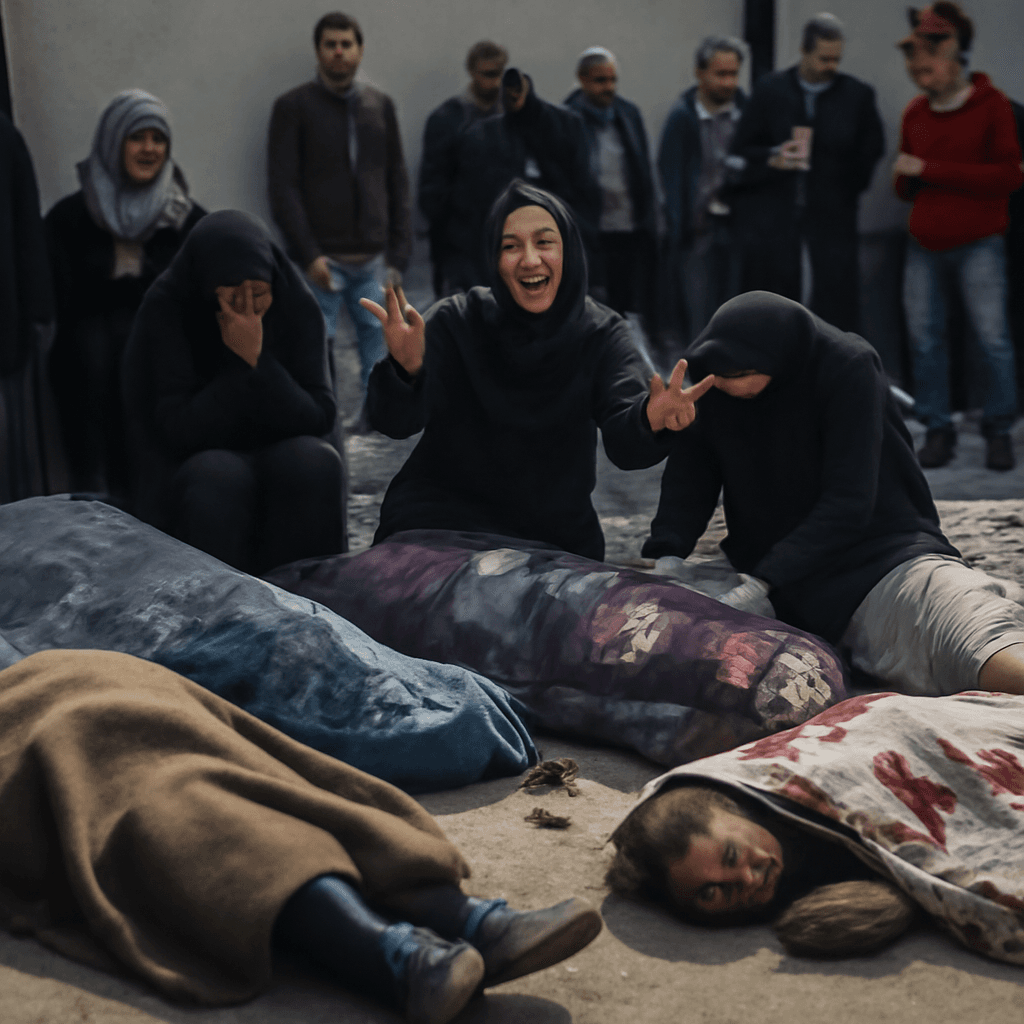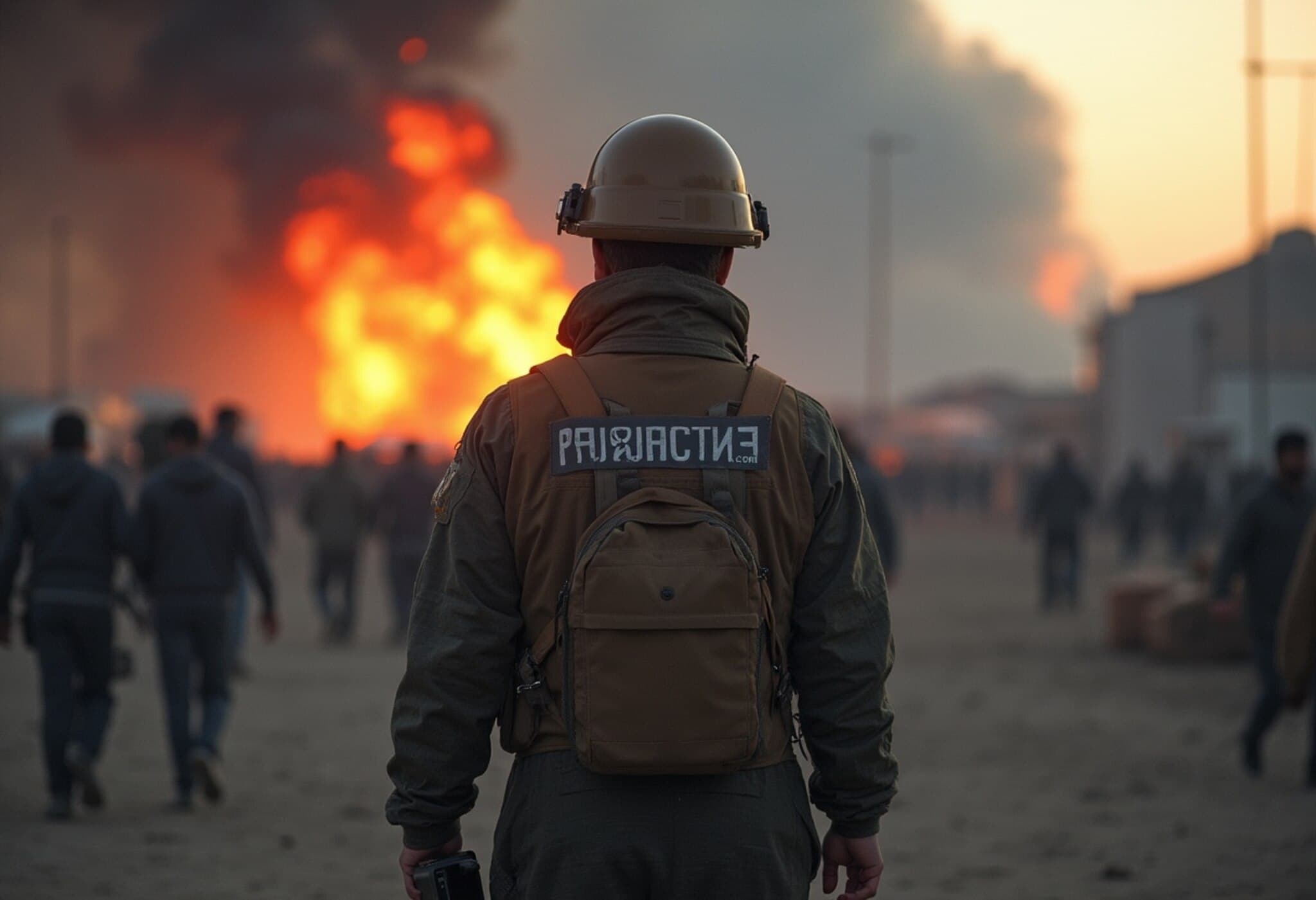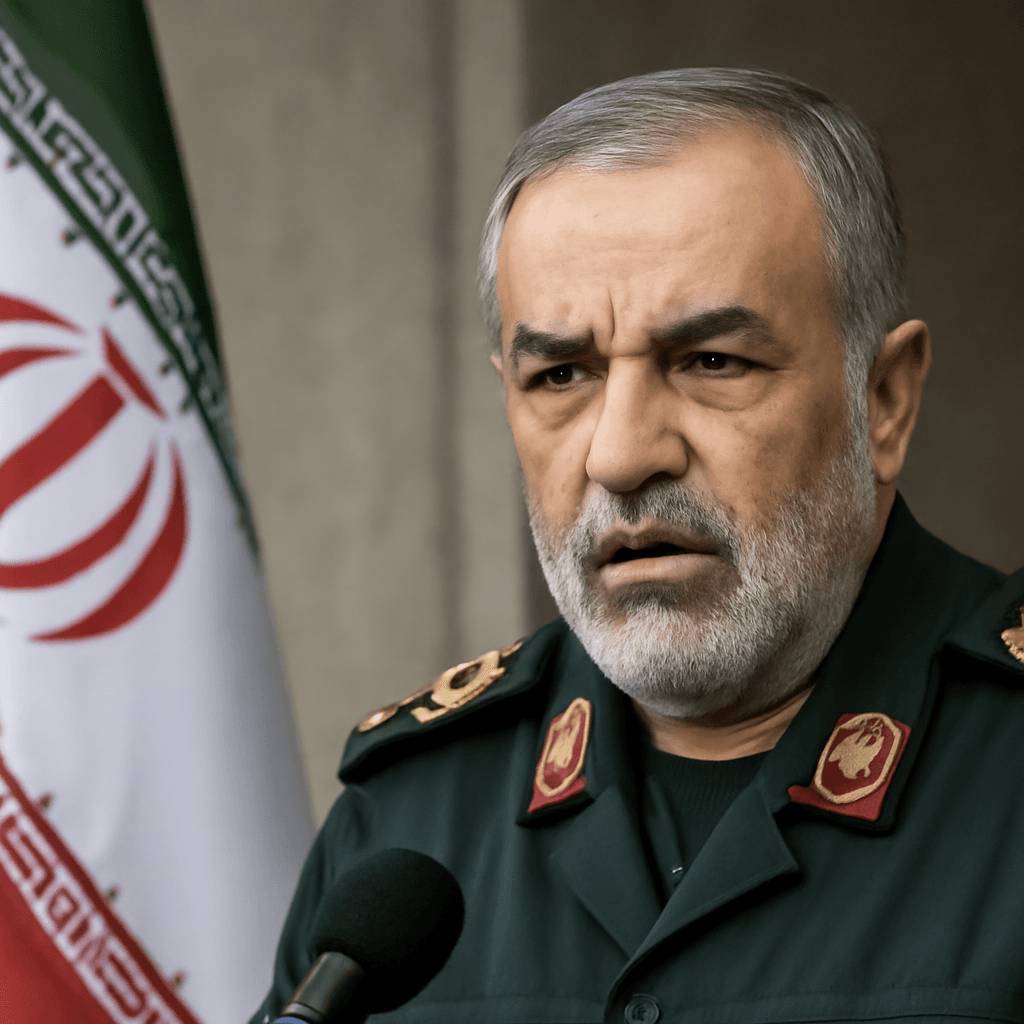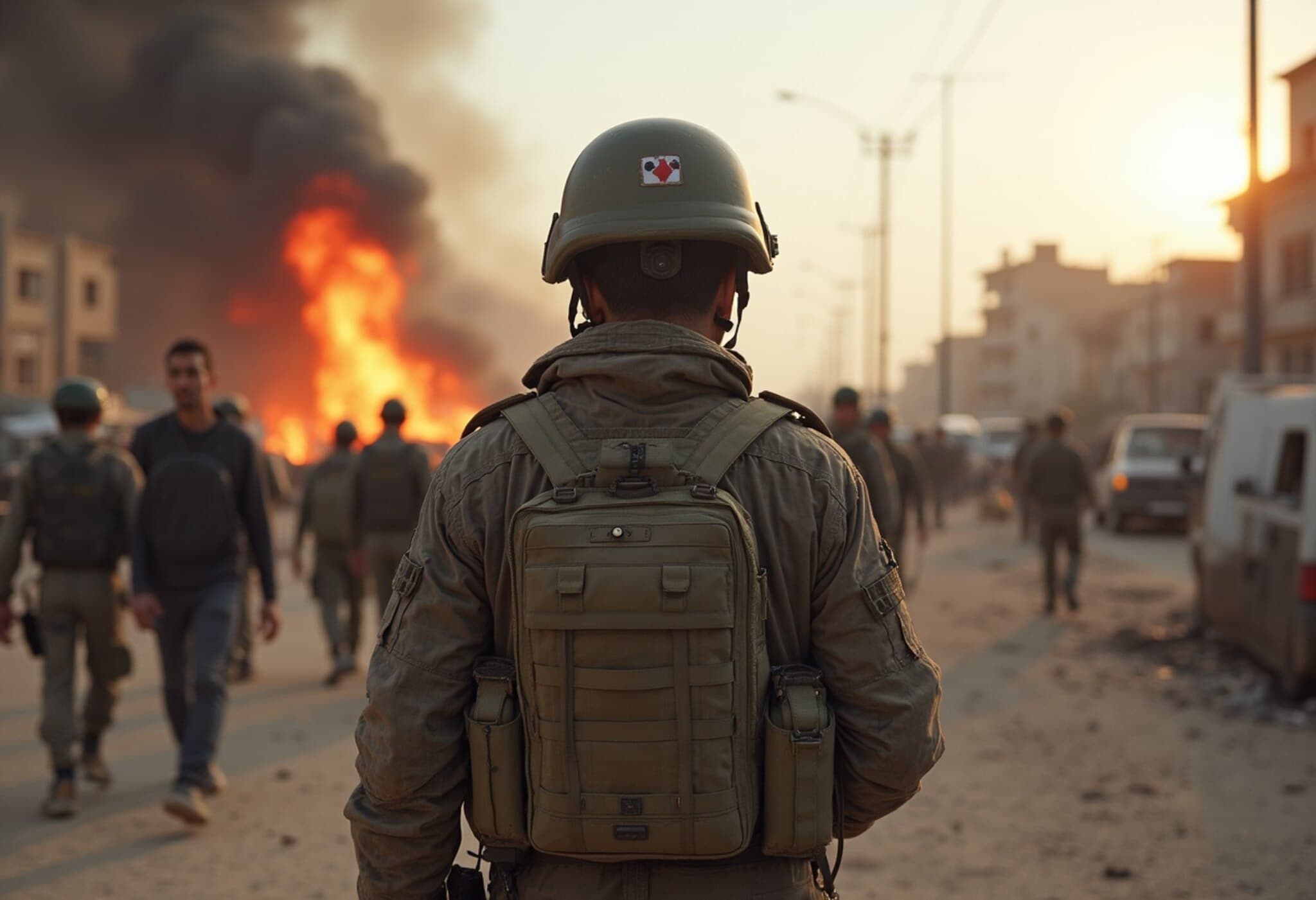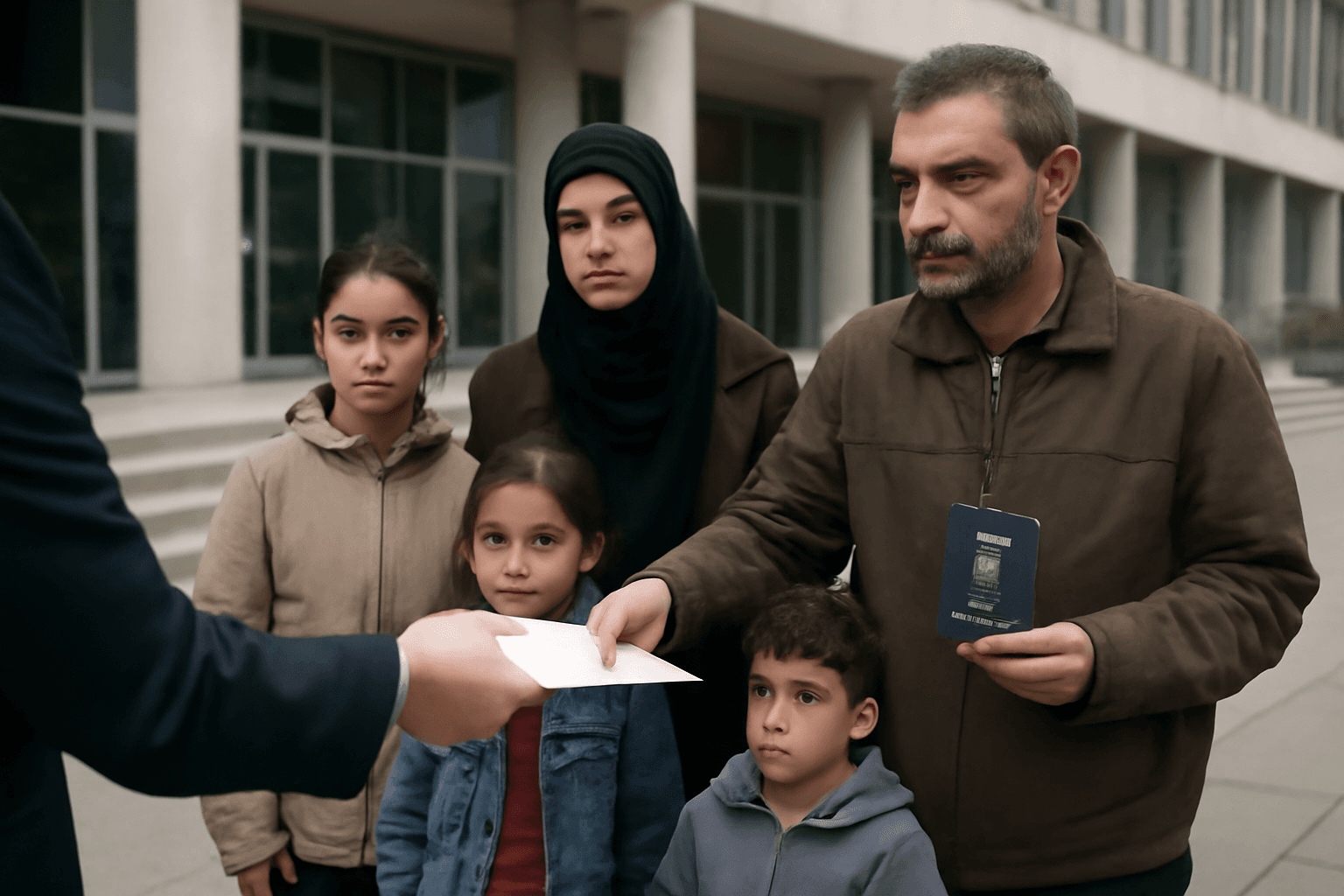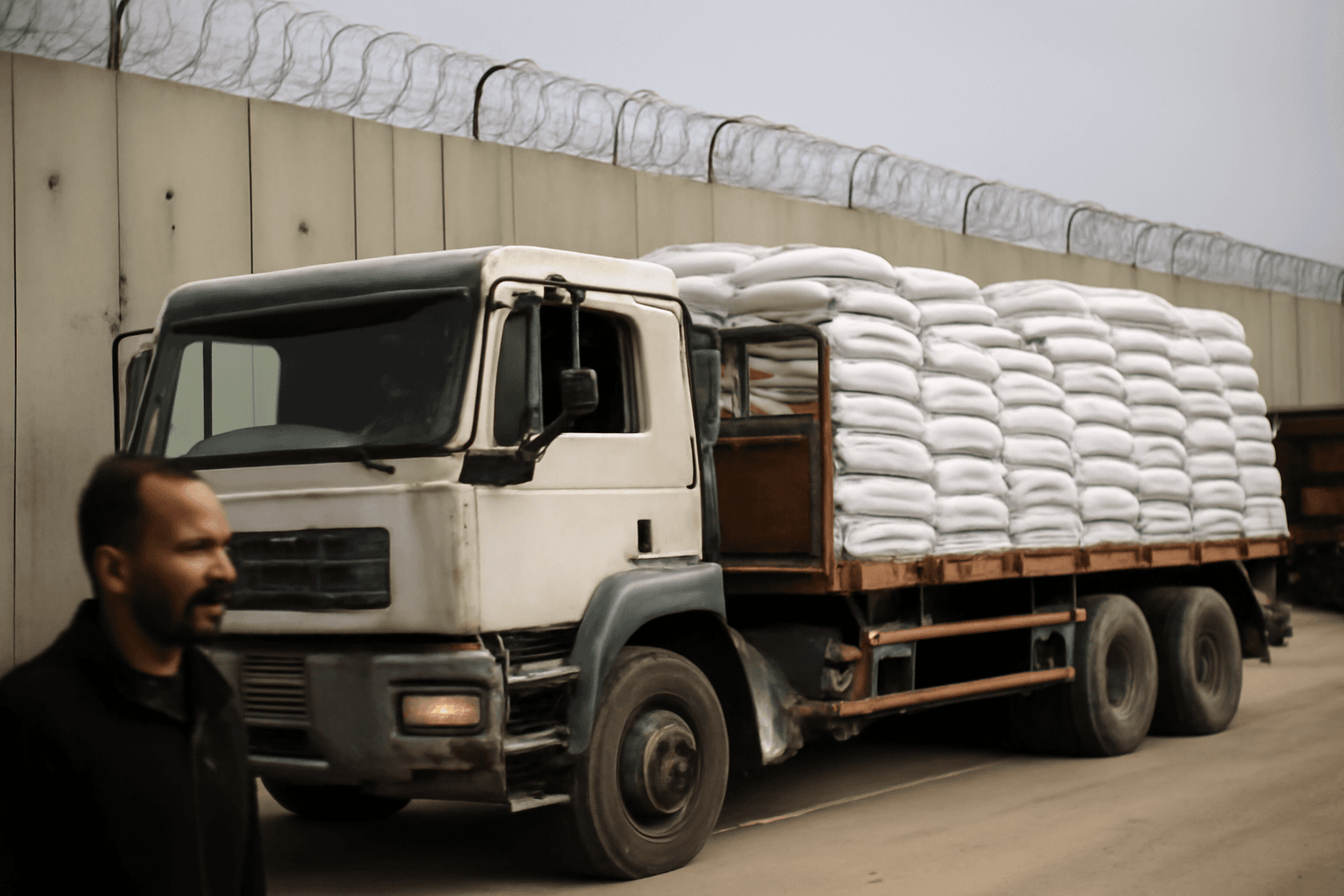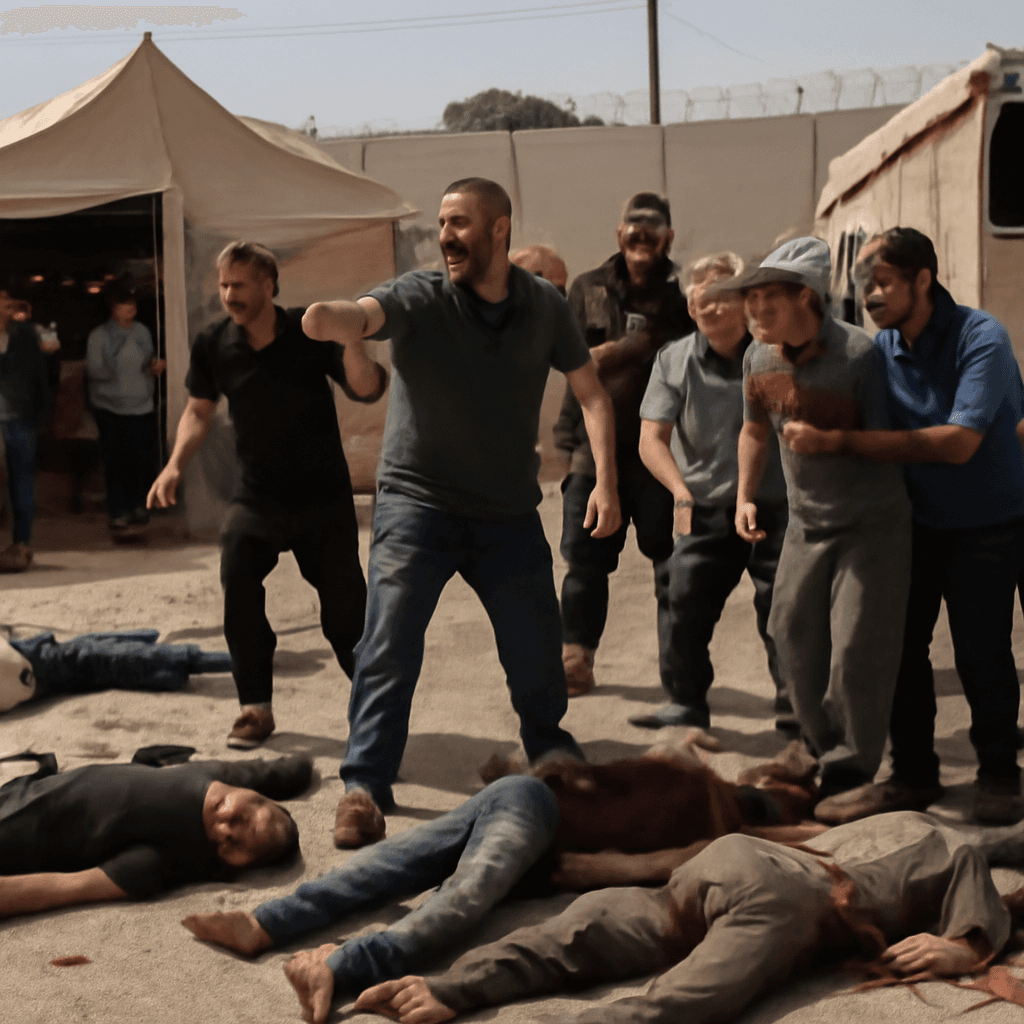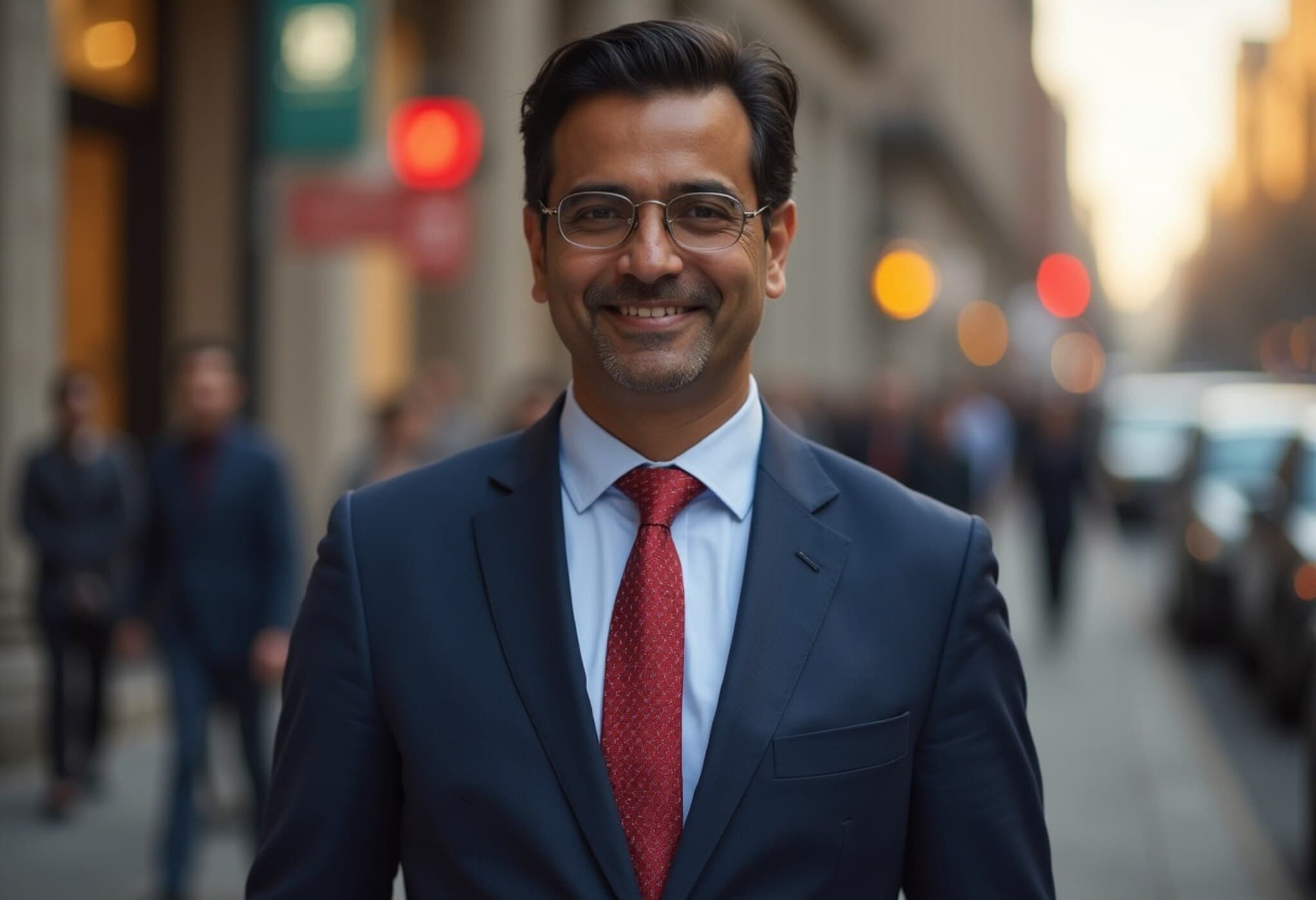Israel Fires Interceptor Missile Following False Alarm Near Gaza Border
On August 1, 2025, sirens blared across Israeli settlements adjacent to the volatile Gaza Strip, triggering a swift military response. The Israel Defense Forces (IDF) launched an interceptor missile targeting what was initially believed to be an incoming threat. However, the alarm was later confirmed as a false positive, with no actual danger detected. This incident underscored ongoing tensions in the region and the persistent sense of insecurity experienced by civilians living on both sides of the border.
Context of Rising Regional Tensions
The rapid deployment of Israel's missile defense system near Gaza reflects the ever-present risk of escalations in this fragile region. It also highlights the high alert status of Israeli defense units following numerous conflicts and periodic rocket fire from Gaza factions in recent years.
US Envoy Visits Controversial Gaza Aid Site Amid Human Rights Concerns
Simultaneously, US Middle East peace envoy Steve Witkoff visited a food distribution site in Gaza that has become the focus of severe criticism from human rights organizations. The Gaza Humanitarian Foundation, supported by Israel and the US, runs the facility. Human Rights Watch recently condemned these aid sites as death traps , noting they repeatedly become scenes of violence.
According to the United Nations, Israeli military operations near these humanitarian locations have tragically resulted in nearly 900 Palestinian casualties, including fatalities, when civilians attempt to access aid. This has intensified the international debate about the safety, adequacy, and politicization of aid delivery under ongoing Israeli-imposed restrictions.
Humanitarian Crisis Amid Prolonged Restrictions
The backdrop to Witkoff's visit is Gaza's deepening humanitarian crisis. Months-long Israeli-imposed limitations on goods, food, and medical supplies have led to acute hunger and deteriorating living conditions. The international community continues to grapple with balancing security concerns and urgently addressing civilian suffering.
Expert Commentary: The Dual Challenge of Security and Humanitarian Needs
From a policy perspective, the recent false missile alert epitomizes the precarious nature of security in volatile border zones. Defense systems must maintain rapid responsiveness, yet false alarms risk escalating fear and potentially unintended confrontations.
Meanwhile, the humanitarian situation raises vital questions about the role of international stakeholders in ensuring aid reaches those in need safely and effectively. The designation of aid sites as "death traps" suggests an urgent need for enhanced protections and a re-evaluation of operational protocols to prevent civilian harm.
Underreported Aspects and Forward-Looking Questions
- How can technology and communication be improved to reduce false alarms without compromising real-time threat responses?
- What concrete steps are being undertaken to safeguard humanitarian workers and civilians accessing aid in conflict zones?
- In what ways do political and military dynamics shape the accessibility and perception of humanitarian aid?
- How might US diplomatic involvement catalyze tangible progress toward both security and humanitarian relief in Gaza?
Summary
The false alarm missile launch near Gaza serves as a stark reminder of the fragile security situation, while the simultaneous spotlight on humanitarian aid sites illustrates a deepening crisis with profound human costs. As international actors engage diplomatically, the need to balance military vigilance with humanitarian compassion emerges as a critical challenge for the region's future stability and human dignity.
This incident, though resolved without physical harm, brings to the forefront the emotional toll of living on the edge of conflict zones. False alarms disrupt daily life and exacerbate anxiety among civilians already grappling with humanitarian distress. Meanwhile, the criticism of aid sites as "death traps" demands urgent reflection from policymakers and humanitarian agencies alike. Readers are encouraged to consider how security policies and humanitarian efforts can be aligned more effectively to protect both the lives and dignity of all affected populations.

